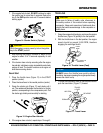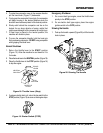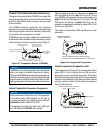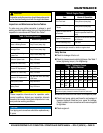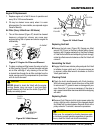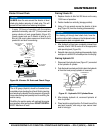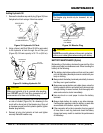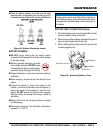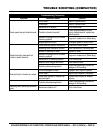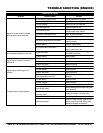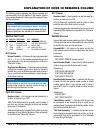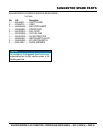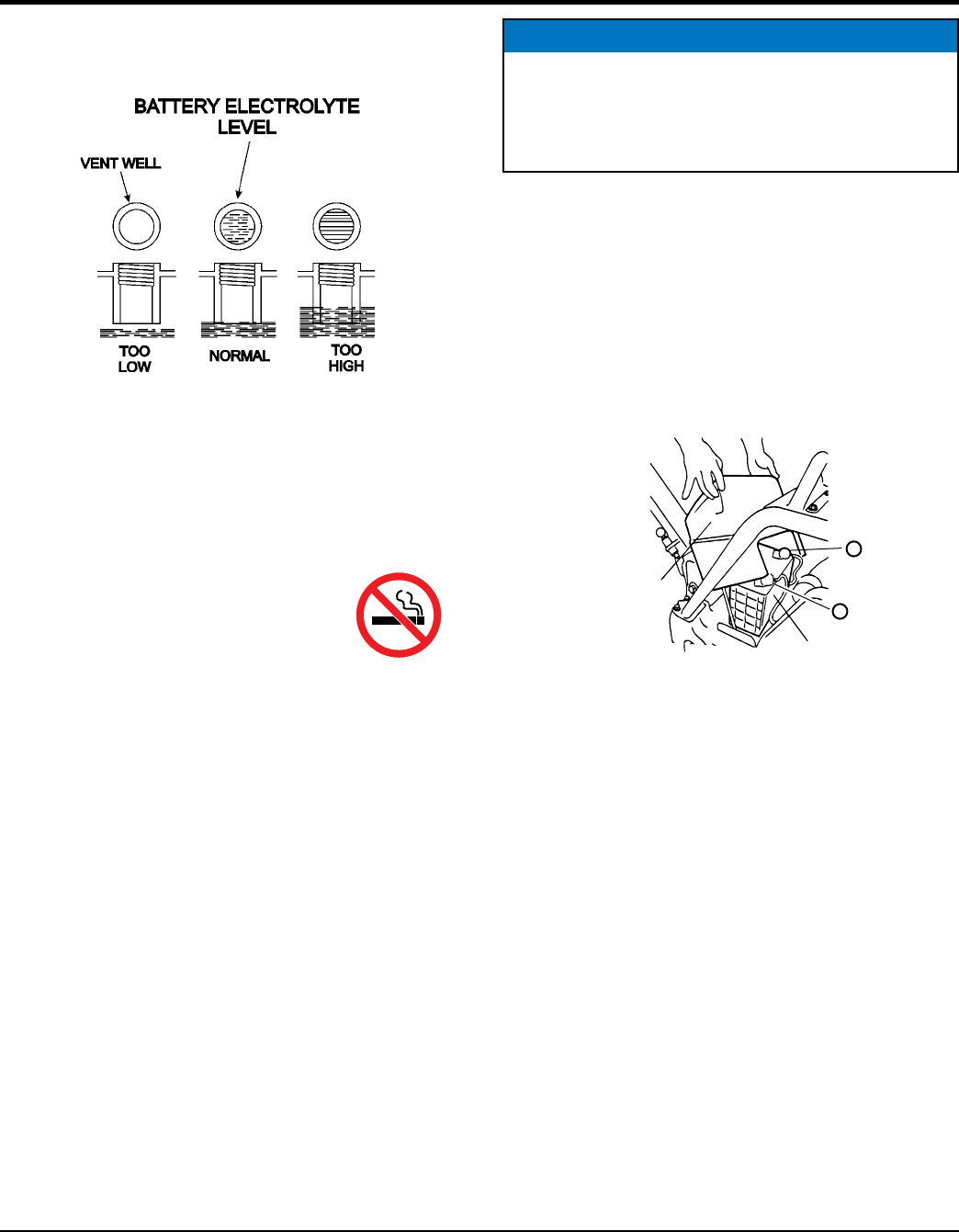
Check the battery regularly and make sure that each
electrolyte level is to the bottom of the vent well (Figure 35).
If necessary add only distilled water in a well-ventilated area.
Figure 35. Battery Electrolyte Levels
charge battery with the battery cables
connected to the compactor. The diodes will be damage
by the high voltage.
Batteries generate hydrogen gas which
can be highly explosive. smoke
or allow flames or sparks near the battery,
especially during charging of the battery.
Charge the battery in a open air environment (plenty of
ventilation).
Before charging , remove the cap from each cell of the
battery.
Connect the positive (+) lead of the charger to the
positive (+) terminal of the battery and the negative (-)
lead of the charger to the negative (-) terminal of the
battery. reverse the polarity when charging.
Reverse polarity will damage the charger rectifier or
the battery.
Battery fluid will be lost through continuous charging
and discharging.
Discontinue charging if the electrolyte temperature
exceeds 117° F (45° C).
MAINTENANCE
1. Take off the battery cover by removing the M6 nuts that
secure the battery holder to the cover.
2. When removing battery cables, disconnect the ground
side (normally negative) first (Figure 36).
3. When installing battery cable connect the ground side
(normally negative) last.
Figure 36. Removing Battery Cover
NOTICE
During summer much more battery fluid is lost than in
winter. Before starting, check battery electrolyte levels
and replenish with distilled water to the upper mark on
the battery.
BATTERY COVER
BATTERY
+ TERMINAL
- TERMINAL



